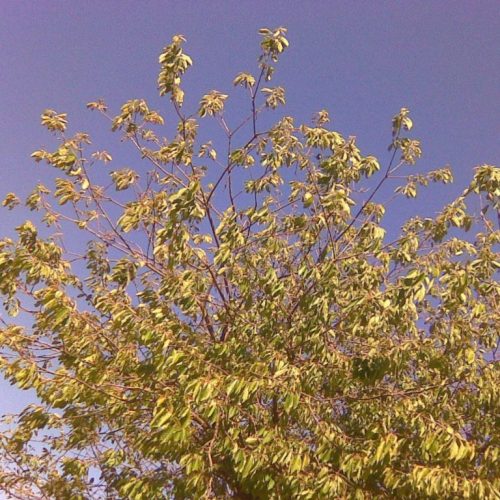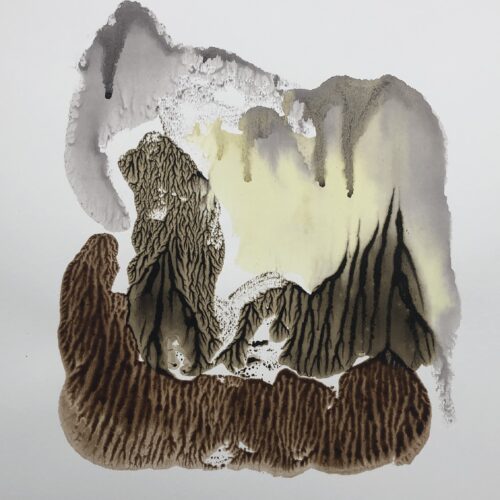
A new leaf: writing and observation
Early on in Creative Writing Level 1 (HE4) – in both the Writing Skills and Art of Poetry courses – there are exercises encouraging you to observe your surroundings closely, and to describe them using details from each of the five senses. Identifying the revealing details which bring a scene to life, and using the senses to work on your reader’s imagination, are essential skills, regardless of which genre you’re writing in. In this blog I’ll suggest a couple of ways to think more deeply about observing and describing.
In his amazing book The Art of Description, Mark Doty gives writers the following advice: ‘description is the art of perception; what is required, in order to say what you see, is enhanced attention to that looking, and the more you look, the more information you get.’ Doty suggests that people who have studied drawing are especially good at this kind of intense attentiveness.
Why not try this out for yourself? Take a leaf, then sit for 30 seconds, just looking at it. Pay attention to its shape, its gradations of colour, its irregularities. Is it torn? Has a caterpillar munched part of it? Then study its texture – soft or crispy, serrated or smooth? Now draw it. This doesn’t need to be a masterpiece, but spend some time trying to capture its appearance with pencil and paper, as thoroughly as you can.
Here’s another statement from Doty’s book: ‘When we refer to leaves as green or bark as brown, we reduce language to a debasing perceptual shorthand. Every leaf is made up of a complex interaction of shades, tones that shift as light does’. With this in mind, write a paragraph describing the leaf in as much detail as you can. The only rule is you’re not allowed to use the words ‘green’, ‘red’, ‘yellow’ or ‘brown’, unless you qualify them with another term: ‘emerald green’ or ‘the golden brown of roast chicken skin’. See how precise you can be about colours.
Writing about a leaf is a way of writing about nature. Many writers and literary critics are now realising that writing about nature can suffer from a problem of perspective: it’s easy to write about a leaf as if it only exists on the writer’s terms, as an object to be observed and described for a writing exercise (Vicky MacKenzie’s recent blog discusses similar issues surrounding writing about animals).
But leaves have lives of their own. They’re parts of larger creatures – trees, bushes and plants. Their have their own priorities, which might be very different from the things we humans are programmed to care about. As Daniel Chamovitz shows in his book What a Plant Knows, leaves have equivalents of the senses we use. They respond to touch, to light, to temperature and other sensory stimuli. They even have something like a sense of smell. What’s more, they can communicate this information with other parts of the tree, and even with different trees in the forest (when you put a banana in a fruit bowl it ripens the other fruit – this is because it’s sending out chemical messages, which the tomatoes and avocados respond to).
With this plant science in mind, let’s do something a bit weird. The final exercise I’d like you to try is to describe yourself from the point of view of the leaf. Imagine you are the leaf. How does it perceive the human looking at it? Do you block out the light it needs? Does the touch of your fingers cause it to release a scent? What are its priorities, and how does a human being fit into its life?
image of leaf © Garry MacKenzie
|
|







Great advice. Writing begins with observations, not emotions.